Toyota RAV4 Estate (2013-2019) engines, drive and performance
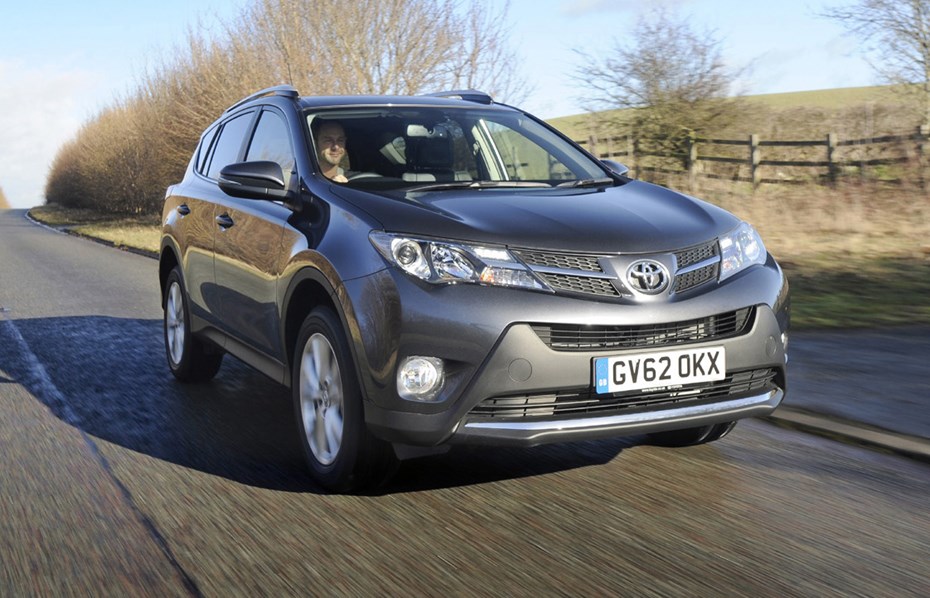
Three engines are available: a 2.0-litre petrol, a 2.0-litre diesel and a 2.2-litre diesel, though Toyota RAV4 performance figures are broadly similar across the range. Those wanting the two-wheel drive version can only choose it with a diesel engine.
Petrol engines
The highest power output belongs to the petrol version. This sends 149bhp to all four wheels via Toyota’s Multidrive CVT automatic transmission.
RAV4s equipped with this engine reach 62mph in 9.9 seconds and have a top speed of 115mph. It’s the least fuel efficient version, however, averaging 39.2mpg.
Diesel engines
Although the RAV4 is known as four-wheel-drive vehicle (hence the ‘4’ in its name), two-wheel-drive versions are available.
These are all powered by a 122bhp 2.0-litre D-4D engine, which is new to the RAV4. It features a Stop & Start system to help save fuel, averaging 57mpg, and has the lowest CO2 emissions of the range at 127g/km.
Available with a six-speed manual gearbox only, it can take the RAV4 to 62mph in 10.5 seconds and has a top speed of 111mph.
The final engine option is an updated version of the 2.2-litre D-4D diesel engine available with the previous-generation RAV4.
This generates 148bhp and is offered with a choice of automatic or manual transmissions, both with six speeds. 0-62mph is completed in 9.6 seconds for the manual version, which has a top speed of 118mph.
The auto is marginally slower, reaching 62mph in 10.0 seconds and a top speed of 115mph. The automatic transmission is impressive on the road, swapping gears swiftly and smoothly whether in automatic mode or controlled manually via the steering wheel-mounted paddle-shift system.
While you’d be hard pushed to describe the RAV4 as agile, it’s nonetheless stable and safe when faced with a demanding road.
Four-wheel drive versions are fitted with a clever ‘Dynamic Torque Control System’, which sends power to the rear wheels if the front starts slipping.
Switching the car to ‘Sport’ mode constantly monitors the attitude of the car and sends up to 50 per cent of the engine’s power to the rear wheels if necessary to help the driver keep the car on a tighter line. The system works well, and does make a noticeable difference to the car’s behaviour.
Front-wheel drive variants can’t offer the same degree of control, but do feel surefooted on ordinary roads. There’s lots of body roll and the car is a little ponderous to change direction, but the RAV4 handles well for what is essentially a large and heavy machine
Although the latest-generation RAV4 is more biased towards on-road use than ever, it is still capable of some light off-roading should you need it to.
Four-wheel drive cars are fitted with a diff-lock function, which splits power equally between the front and rear wheels for greater traction, and automatic versions also have a Downhill Assist Control function to help keep the car under control on steep or slippery gradients.


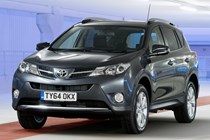
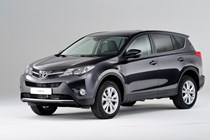
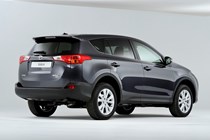
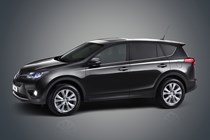
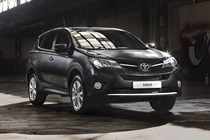
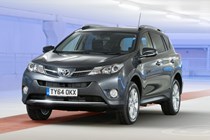
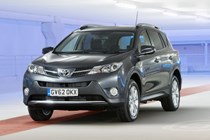
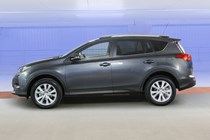
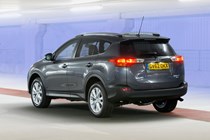
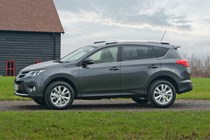
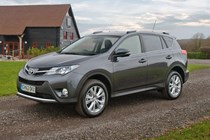
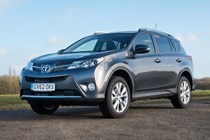
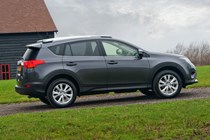
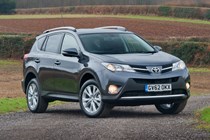
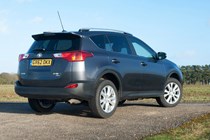
.jpg)
.jpg)
.jpg)
.jpg)
.jpg)
.jpg)
.jpg)

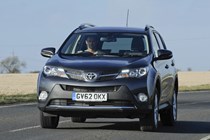
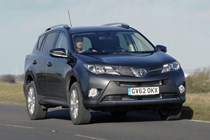
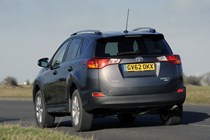
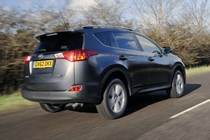
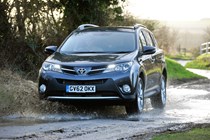
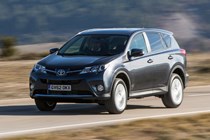
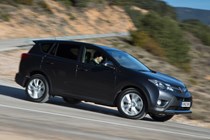
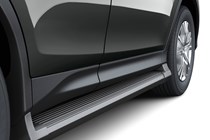
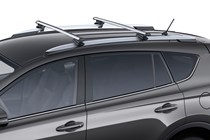
.jpg)

.jpg)
.jpg)
.jpg)
.jpg)
.jpg)
.jpg)
.jpg)
.jpg)
.jpg)
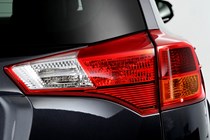

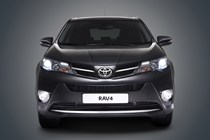
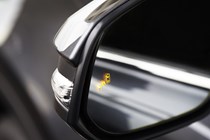
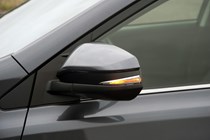
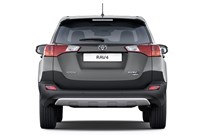
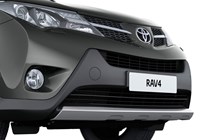
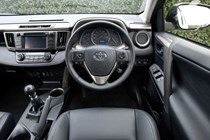
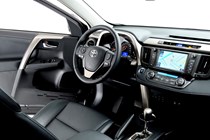
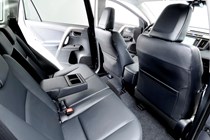
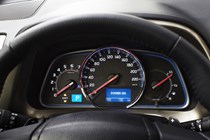
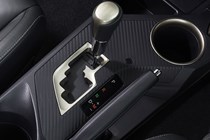
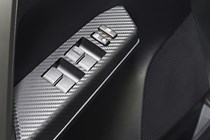
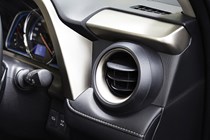
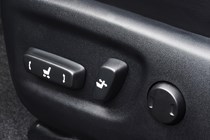


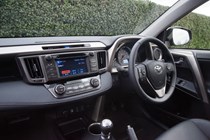


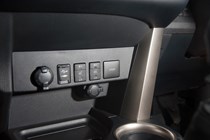
.jpg)
.jpg)
.jpg)
.jpg)
.jpg)
.jpg)
.jpg)
.jpg)
.jpg)
.jpg)
.jpg)
.jpg)
.jpg)
.jpg)
.jpg)
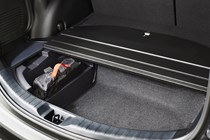
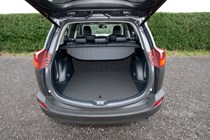
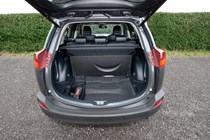
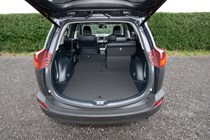
.jpg)

.jpg)
.jpg)
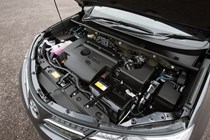
.jpg)















.jpg?quality=50)
.jpg?quality=50)
.jpg?quality=50)
.jpg?quality=50)
.jpg?quality=50)
.jpg?quality=50)
.jpg?quality=50)










.jpg?quality=50)

.jpg?quality=50)
.jpg?quality=50)
.jpg?quality=50)
.jpg?quality=50)
.jpg?quality=50)
.jpg?quality=50)
.jpg?quality=50)
.jpg?quality=50)
.jpg?quality=50)





















.jpg?quality=50)
.jpg?quality=50)
.jpg?quality=50)
.jpg?quality=50)
.jpg?quality=50)
.jpg?quality=50)
.jpg?quality=50)
.jpg?quality=50)
.jpg?quality=50)
.jpg?quality=50)
.jpg?quality=50)
.jpg?quality=50)
.jpg?quality=50)
.jpg?quality=50)
.jpg?quality=50)




.jpg?quality=50)

.jpg?quality=50)
.jpg?quality=50)

.jpg?quality=50)